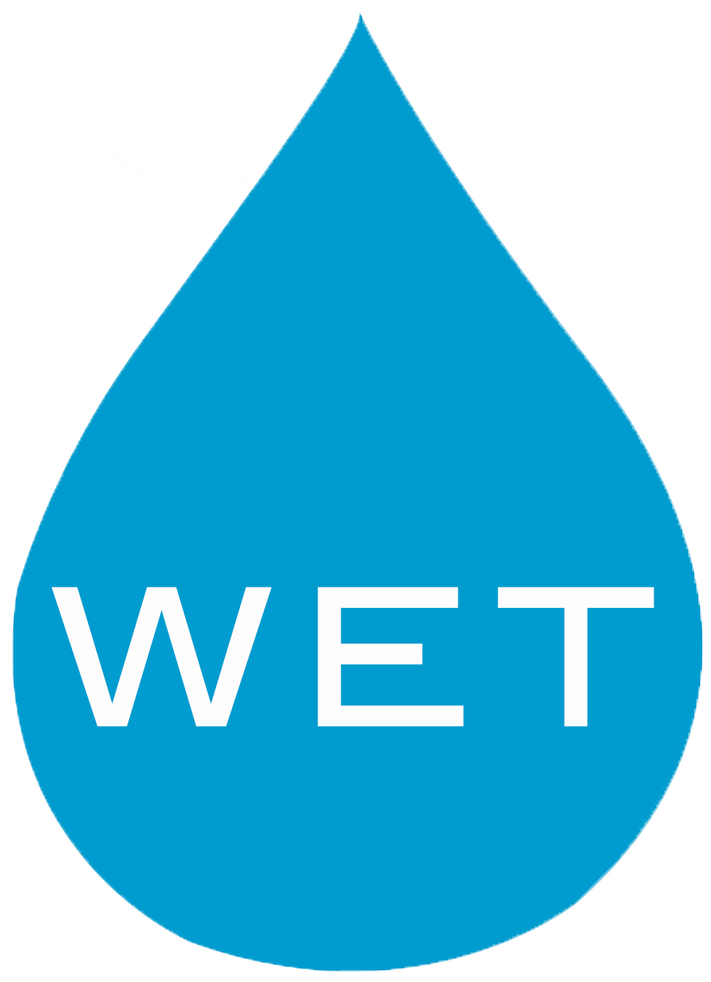LEGIONELLA AQUALINE MANAGEMENT SYSTEM
WET Group (WET) are a well-established water enhancing technology company and now can offer Legionella compliance and water treatment management.
INTRODUCING THE AQUALINE ANTI LEGIONELLA and LIMESCALE MANAGEMENT SYSTEM.
Whole Home and Light Commercial
Industrial Commercial and Technology Report
We install the Aqualine technology and issue your business with a Legionella compliance certification via services experts who manage 1000s of sites throughout the UK under one mission:
“To provide our clients with a business sensible and reliably simple approach to water system management.”
At WET, we understand that Legionella compliance can be a costly and time-consuming activity for clients.
Under our Sensible & Simple mission, we adopt a practical approach to compliance and then deliver excellent customer service levels to provide a hassle-free solution.
In addition, we develop our products and services to minimise the impact to the site and consider the resource levels of our clients to manage compliance tasks in the most cost-effective way.
A unique rental opex solution over 3,5,7 or 10 years.
This includes an annual service and Legionella compliance certification.
PLUS PREVENTING LIMESCALE BUILD-UP PROVIDING EXCELLENT WATER AND HEATING MANAGEMENT WHICH MEANS REDUCED UTILITY WATER HEATING BILLS
What is Legionella?
• Legionella pneumophilia is a rod-shaped bacterium which belongs to the genus Legionella
• Around 50 species of Legionella have been identified with L.pneumophilia responsible for approx 90% of cases
• It is naturally occurring in soil and water environments
• At low temperatures (under 20oC) the bacteria survive but do not multiply, over 60oC the bacteria die
• The bacteria multiply rapidly in nutritious environments created by biofilm and sediment
• Legionella bacteria can only infect your body through inhalation of contaminated water droplets
Legionella bacteria flourish under certain conditions:
• Temperature between 20-50oC with optimum growth occurring at a temperature of 37oC
• Little or no water movement as stagnant water provides an excellent breeding ground for the bacteria
• Water systems which enhance the spread of bacteria through producing aerosols/ water vapour which can then be inhaled
High risk systems which produce water vapour/ aerosols include:
• Showers taps and baths (especially spray taps)
• Cooling towers
• Air conditioning units
• Hot tubs/ Jacuzzis
Origins of Legionnaires' Disease
Infection by Legionella bacteria causes Legionnaires’ Disease which is a potentially fatal form of pneumonia and typically affects men more than women. It is not contagious but it can be fatal. The disease was first identified in 1976 after an outbreak at the convention of the American legion in Philadelphia where over 220 people were infected resulting in 34 deaths.
Since then, numbers of cases have slowly risen with latest figures showing 200-250 reported cases of Legionnaires’ disease each year in the UK.
The risk of contracting the disease from a contaminated water source is minimised by following the Approved Code of Practice by the HSE (ACoP L8).
Who is at risk?
Everyone is susceptible to infection, but there are those who are at higher risk:
• Those over 45 years of age
• Smokers and heavy drinkers
• The elderly and infirm
• Those suffering from chronic respiratory or kidney disease
• Those with impaired immune systems e.g. transplant patients
Fatality Rate
Infection can be fatal in approximately 20% of reported cases. This rate can be higher in a more susceptible population.
A milder form of the disease known as Pontiac fever or Lochgoilhead fever can be contracted by those who have healthier immune systems. These symptoms are typically flu-like and are usually less severe.
Your Legal Duties
As a person who is responsible for water systems you have certain duties under Health and Safety law. The Health and Safety at Work Act 1974 (HSWA), Control of Substances Hazardous to Health Regulations 2002 (COSHH) and Management of Health and Safety at Work Regulations 1999 (MHSWR) all cite the HSE’s Approved Code of Practice L8 as the recommended guidelines for the management of risk of exposure to Legionella.
